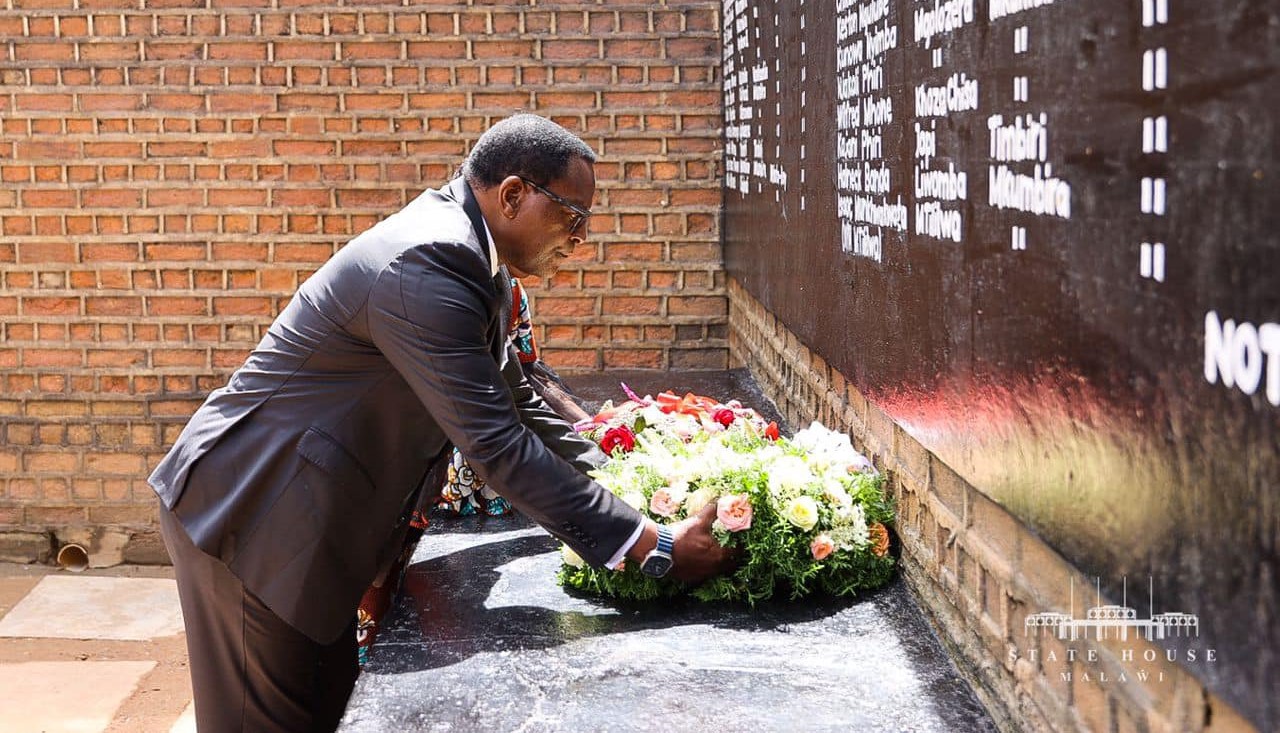The return of Miss Malawi
It’s been four years since Miss Malawi was crowned. The return, has so far been overwhelmingly welcomed.
The absence of the pageant resulted in a vacuum in the Miss Malawi office after the tenure of the last beauty queen, Susan Mtegha, expired in 2013. This is despite beauty pageants havelong been part of Malawi’s popular culture and Miss Malawi in particular, is the most well-known pageant, dating back to the 1970s.
Since then, the number of beauty contests has increased as well, from Miss Malawi Tourism, Miss Face of Malawi to Miss Matofotofo, although most of the beauty pageants have come and gone. Internationally, Malawi-linked beauty contests such as Miss Malawi South Africa, UK and Ireland have also been held.
But it was March this year that two media houses, Zodiak Broadcasting Station (ZBS) and Nation Publications Limited (NPL) decided to revive Miss Malawi. The two agreed to take over management of the pageant from Events Management Limited. The resuscitation marked another milestone in the history of the pageant which seeks to be a tool of empowering women through an exciting journey of recognising the beauty, creativity and brilliance of Malawian young women, according to the organisers.

ZBS and NPL are changing a few things as well as bringing new ideas to Miss Malawi pageant, starting with how the search for the ‘queen’ is conducted. A team went out in all the three regions of the country conducting auditions to find crème de la crème to the contest in the finals. In Mzuzu and Lilongwe hundreds of girls turned up for the auditions.
The Miss Malawi audition judges are respected marketer, Wilkins Mijiga, one time Miss Malawi organiser Tadala Chihana and former beauty queen, Blandina Khondowe.
According to Mijiga, the judges are looking for self-confident and passionate girls who are ready to drive this year’s theme which is addressing overpopulation. The organisers are now in the regional finals stage, where 15 contestants will be picked as finalists.
So far, Northern Region has Miwasy Nyirenda, Tadala Uta and Vanessa Mtegha while the Central Region has Yvonne Kamanga, Chikondi Chisalika, Tiyamike Kazima, Alinafe Chalunda and Charity Bauleni Kachitsa as finalists.
The search continues in the Southern Region and Blantyre will host Miss Malawi auditions on January 28 2017.
Apart from parading in traditional, office, evening and casual wear, the Southern Region finalists will also be assessed on public speaking abilities. The judges will also look at grooming, appearance, grace, coordination and composure of the girls.
Miss Malawi will be crowned in April 2017 and her main role will be to drive messages of effects of high population in the country under the theme Making A Difference Through Beauty
NPL chief executive officer Mbumba Banda explains on the importance of the Miss Malawi theme: “As we are all aware, the population of Malawi is growing at an alarming rate. According to the 2008 Malawi Population and Housing Census enumerated by the National Statistics Office [NSO], our population was said to be 13.1 million, with an annual growth rate of 2.8 percent and a density of 139 persons per square kilometre.
“In 2014, the figure reached 15.8 million people. At the current growth rate of 2.8 percent, Malawi’s population will have reached 29.6 million in 2033 [according to UNFPA Malawi]. Malawi’s land size remains the same at 118 480 square kilometres that fit 13.1 million people in 2008 and we will have to fit 29.6 million people in 2033.”
She says there are strong linkages between population and development.
“While Malawi’s development agenda centres on the reduction of poverty through sustainable economic growth, the rapid population growth that Malawi is experiencing is a threat to that very cause. Among others, rapid population growth has been known to impact several development areas among them; climate change.
“The scramble for land is growing by the day which is resulting in deforestation. Malawi is actually ranked the first in Southern Africa Development Community [Sadc] deforestation rate, second in Africa and fourth in the world. As the population continues to grow, there will be less and less land reserved for cultivation. Women are, therefore, crucial in the production of food in Malawi,” Banda says.
Malawi government data shows that women constitute three quarters of subsistence farmers in Malawi and in terms of employment opportunities; there will be a scramble for fewer and fewer jobs, while we have extremely high pupil teacher ratio which impact negatively on the quality of education.
“Rapid population growth will have an impact on efforts to reduce this ratio to a manageable size. Uncontrolled population would also impact classroom space, which however little may result in dropout and early marriages for girls among the other sectors,” she adds.
The chosen young ladies would, therefore, act as role models for girls to remain in school and avoid early marriages. They will also encourage fellow youths to access sexual reproductive health services and help in efforts to control continued population growth through, for instance, the spread of all-important messages among young women. n





